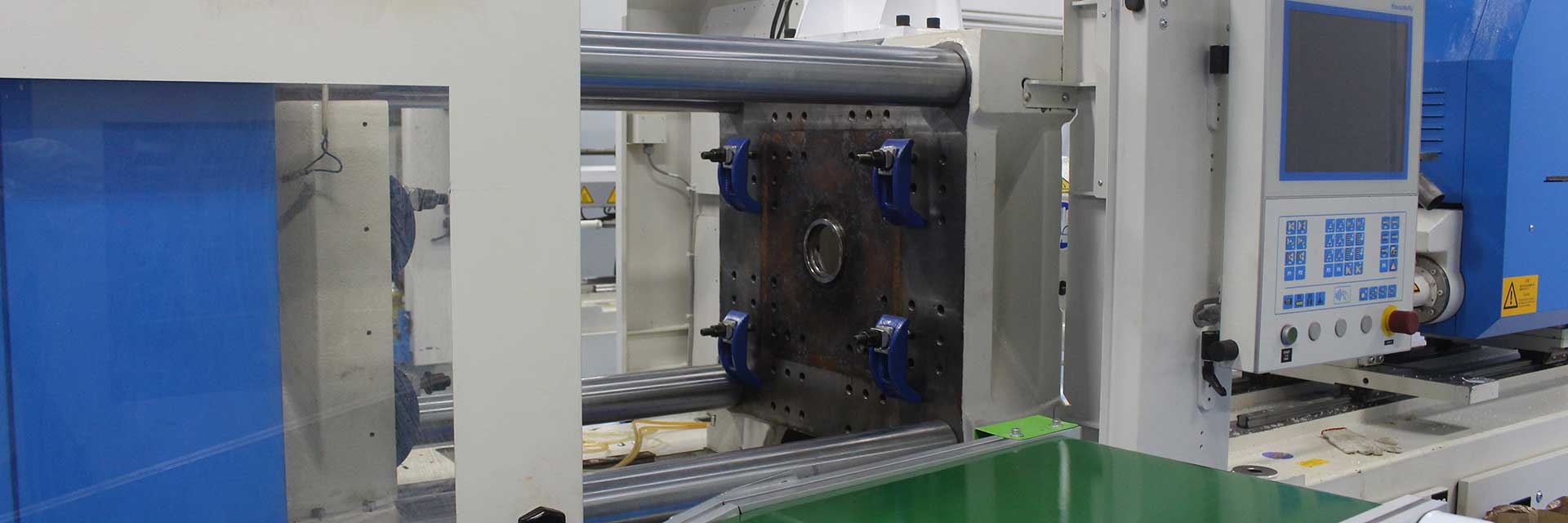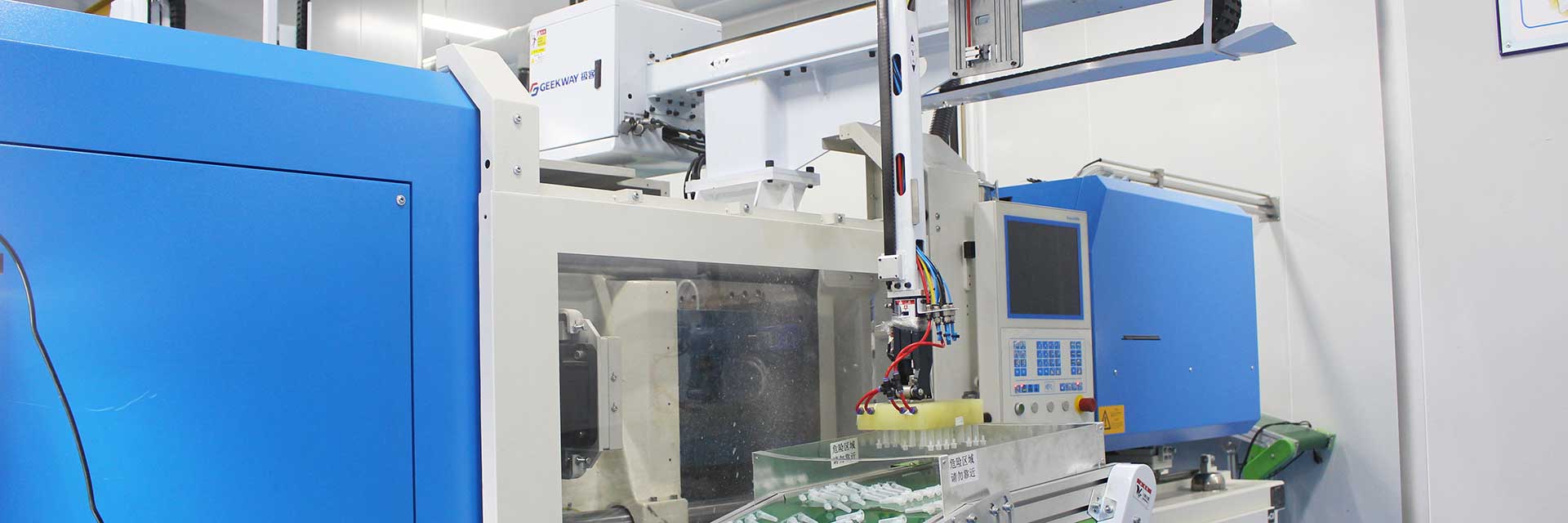Injection molding defects refer to undesirable phenomena in the appearance, dimensions, structure, or performance of plastic parts during the injection molding process, caused by factors such as materials, processes, equipment, or operations. These defects may manifest as surface roughness, dimensional inaccuracies, internal voids, or inclusions within the plastic parts. Injection molding defects not only affect the aesthetic appeal of products but, more importantly, may reduce their structural integrity, sealing performance, and service life, and even render them unusable.

Therefore, manufacturers need to rigorously control every aspect of the injection molding process to ensure the accuracy and stability of process parameters, optimize mold designs, select appropriate plastic materials, and enhance equipment maintenance and operator training to prevent and minimize the occurrence of injection molding defects.
To effectively identify and address injection molding defects, manufacturers should understand common types of defects, their causes, and preventive measures, in order to enhance product quality.




